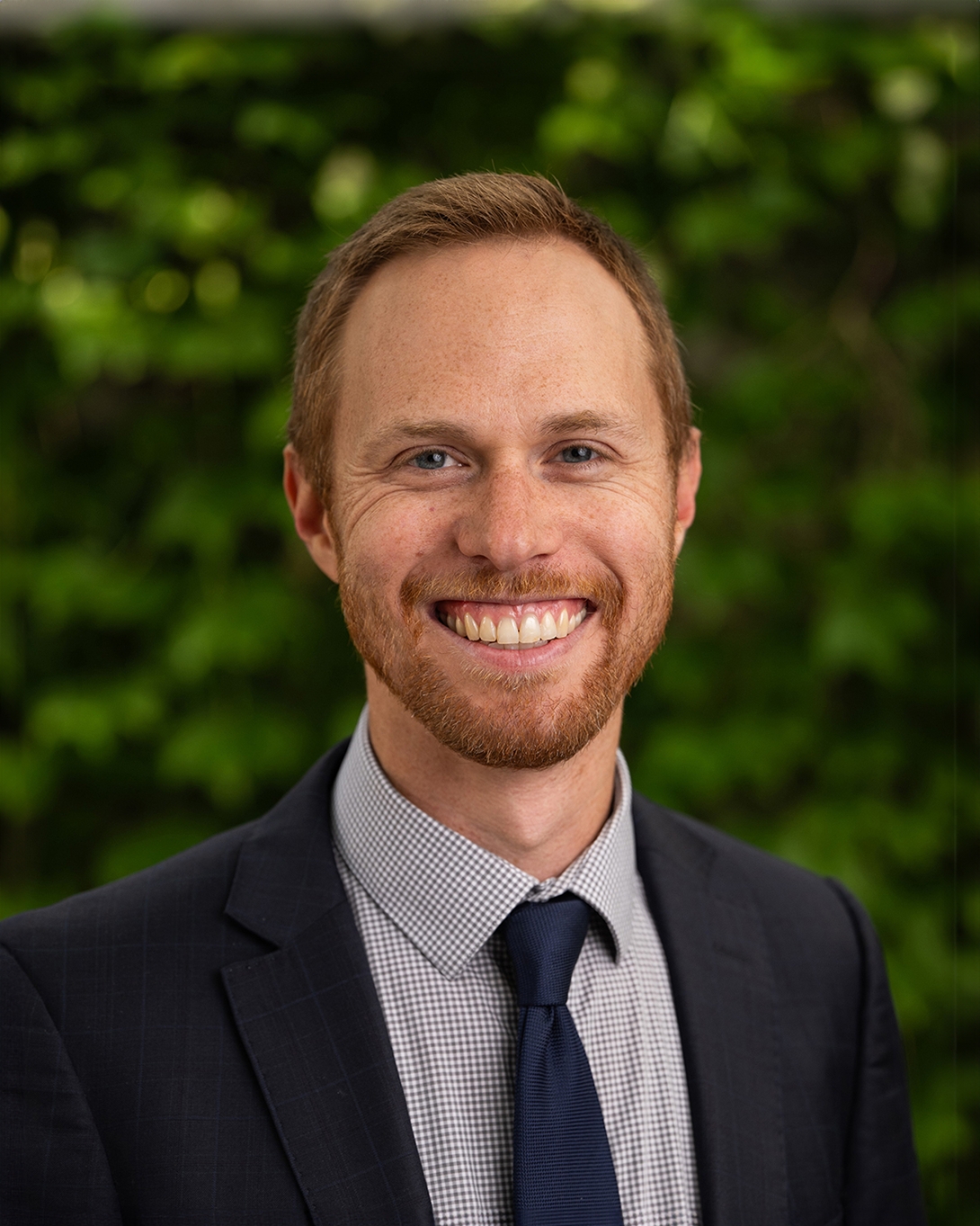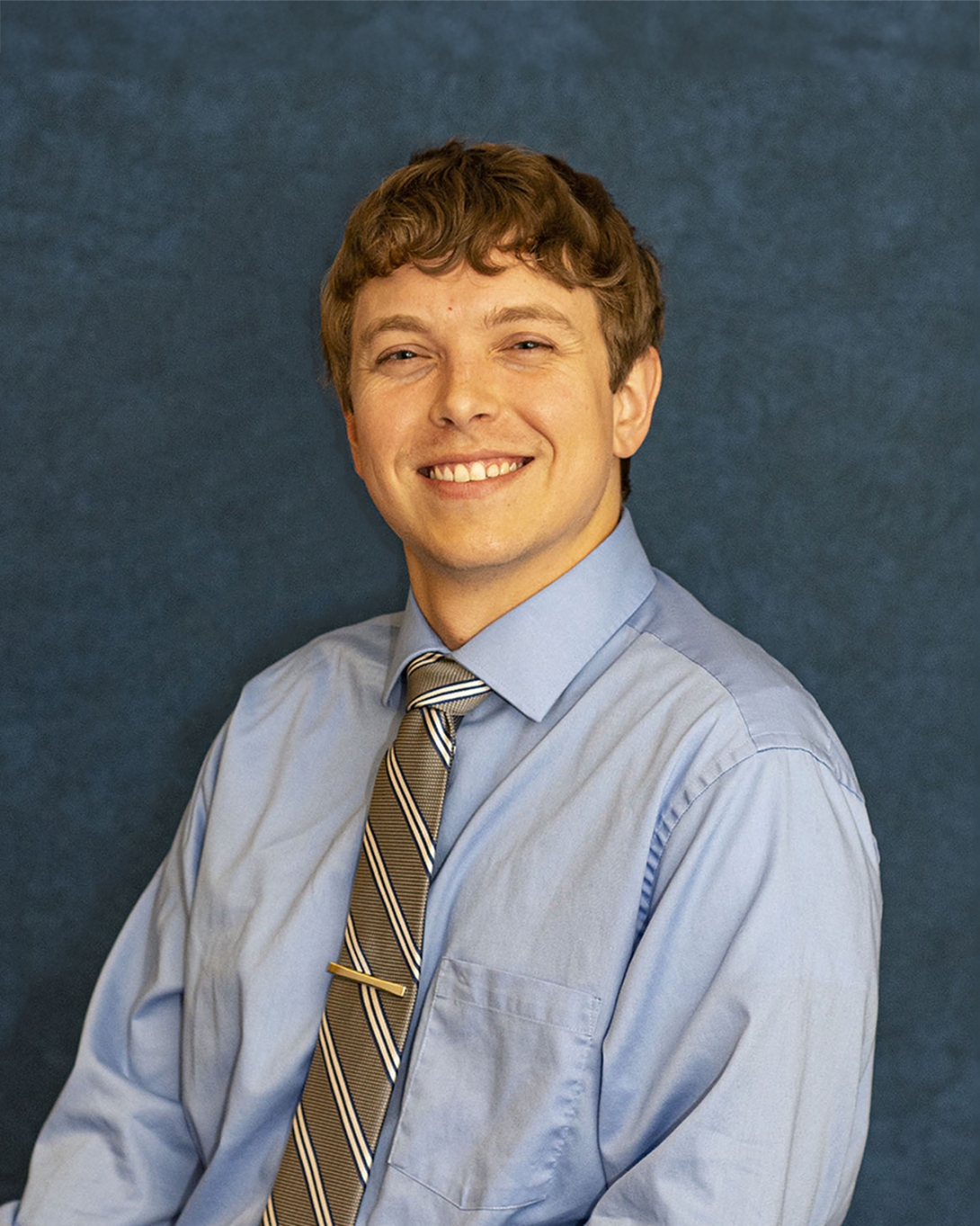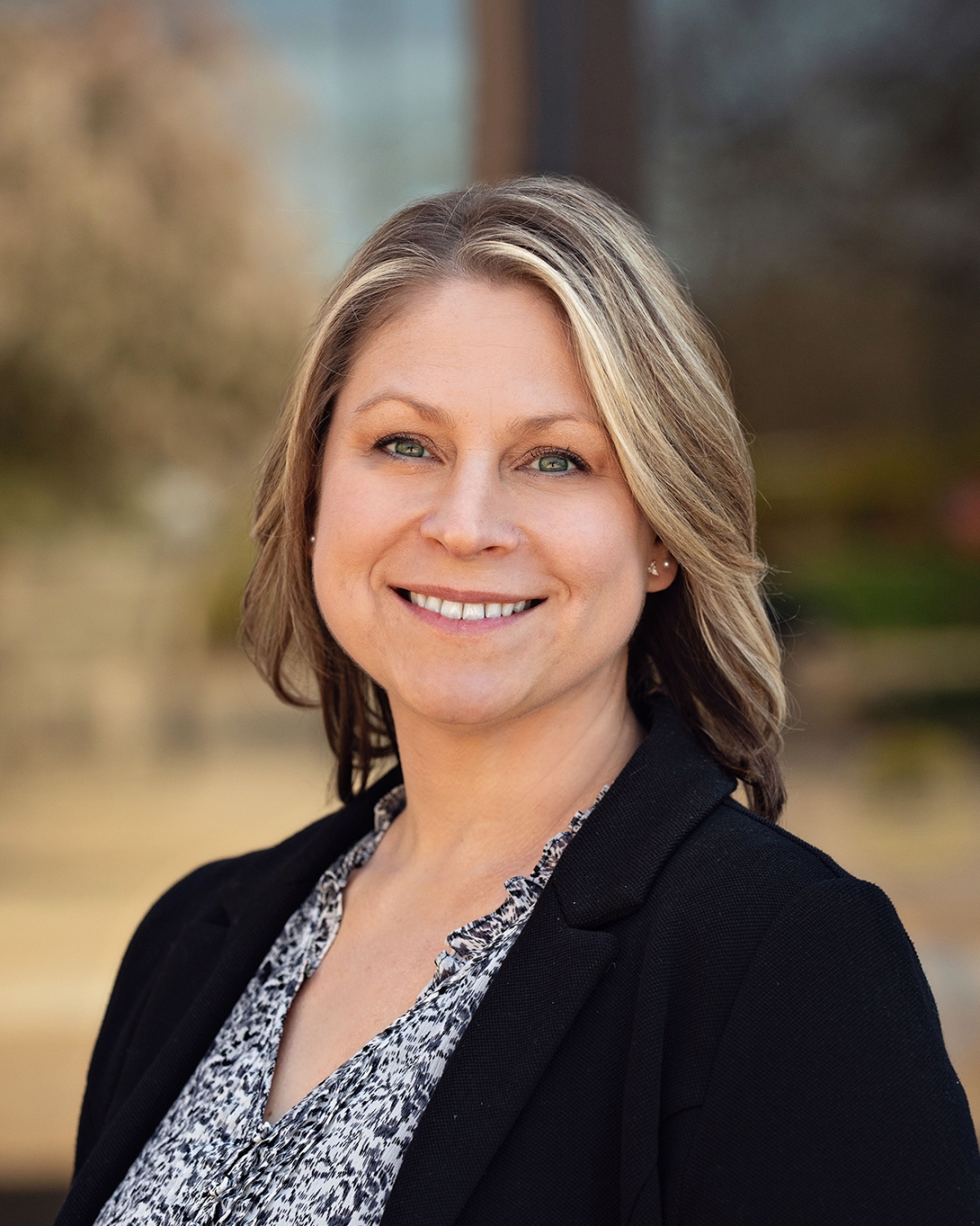
Radiation Oncology with Breakthrough Technology
Our nationally-recognized physicians, physicists and biologists provide world-class education for radiation oncology physicists.
Our program is dedicated to educating the next generations of leaders in our field, with a strong foundation in the clinical and technical aspects of radiation oncology physics. Few other departments in the country offer the same unparalleled alliance of physicians, physicists and biologists that our program is built upon.
Residents participate in clinical treatments with both conventional and state-of-the-art technologies including stereotactic radiosurgery (SRS), stereotactic body radiation therapy (SBRT), Image-guided radiation therapy (IGRT) via cone beam CT (CBCT), total body irradiation (TBI), total skin electron therapy (TSET), high-dose-rate (HDR) brachytherapy and breath hold gated treatments.
The University of Michigan Medical School's Radiation Oncology Physics Residency Program was established at the in 2002 under the directorship of James Balter, PhD. In January 2009, it was officially accredited by CAMPEP and is currently under the directorship of Benjamin Rosen, PhD.
The clinical residency program provides two years of full-time clinical training divided into ten rotations.
The residency program is designed to provide both didactic and clinical training over a period of two years (as required by the CAMPEP), with an additional 6-month long clinical development rotation, which typically starts after the successful completion of the first year. During the clinical development rotation, the residents will be involved in clinical projects to improve the efficiency of clinical flow, implement new clinical protocols, and integrate new technology.
Residents in the University of Michigan Medical School Department of Radiation Oncology are training to be leaders in the field of radiation oncology.
View a list of peer-reviewed publications from our current Medical Physics Residents.
Graduates of the Radiation Oncology Physics residency program go on to successful careers in the field. Meet our recent graduates.
- Maryam Shirmohammad, PhD
2022 – 2024 Therapeutic Medical Physics Residency
Next Steps: Assistant Professor, University of California, Irvine - Shiqin Su, PhD
2021 – 2024 Therapeutic Medical Physics Residency
Next Steps: Assistant Professor, MD Anderson Cancer Center
- Siamak Nejad-Davarani, PhD DABR
2020 – 2022 Therapeutic Medical Physics Residency
Next Steps: Assistant Professor, University of Miami, Miller School of Medicine - Lise Wei, PhD DABR
2020 – 2022 Therapeutic Medical Physics Residency
Next Steps: Assistant Professor, Michigan Medicine
- Charles Matrosic, PhD DABR
2019 – 2021 Therapeutic Medical Physics Residency
Next Steps: Assistant Professor, Michigan Medicine
- Lianli Liu, PhD DABR
2018 – 2020 Therapeutic Medical Physics Residency
Next Steps: Assistant Professor, Stanford University - Alexander Moncion, PhD DABR
2018 – 2020 Therapeutic Medical Physics Residency
Next Steps: Assistant Professor, Associate Program Director, Medical Physics Residency Program, Michigan Medicine
- Jaewook Joo, PhD DABR
2017 – 2019 Therapeutic Medical Physics Residency
Next Steps: Assistant Professor, Cleveland Clinic - Samantha Simiele, PhD DABR
2017 – 2019 Therapeutic Medical Physics Residency
Next Steps: Assistant Professor, Chief of Brachytherapy, University of Alabama, Birmingham
At the completion of the University of Michigan Medical School residency program, the resident will be prepared to practice Radiation Oncology Physic independently. Below is a summary of the current positions held by our alumni and their certification status.
Certification Status:
- In process: 3 alumni
- ABR certified: 23 alumni
Profession:
- Academic: 15 alumni
- Clinical: 11 alumni
- Industry: 0 alumni
- Other: 2* alumni
*One medical physics residency alumnus is now a physician that was also in our clinical residency program.

Medical Physics Residency
Clinical Associate Professor of Radiation Oncology


Associate Chair, Medical Physics
Clinical Professor of Radiation Oncology
Associate Professor of Nuclear Engineering and Radiological Sciences
We find a new reason to love Ann Arbor nearly every day — year-round outdoor activities, cultural experiences, a growing food scene, and a welcoming, family-friendly atmosphere are just a few that come to mind. Explore all that Ann Arbor and our surrounding communities have to offer.